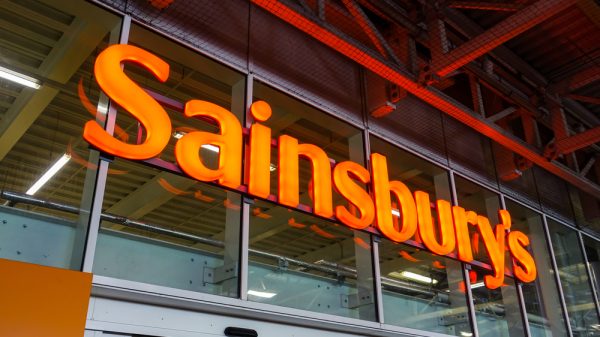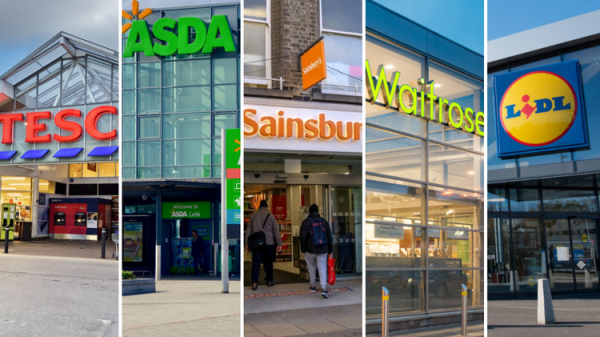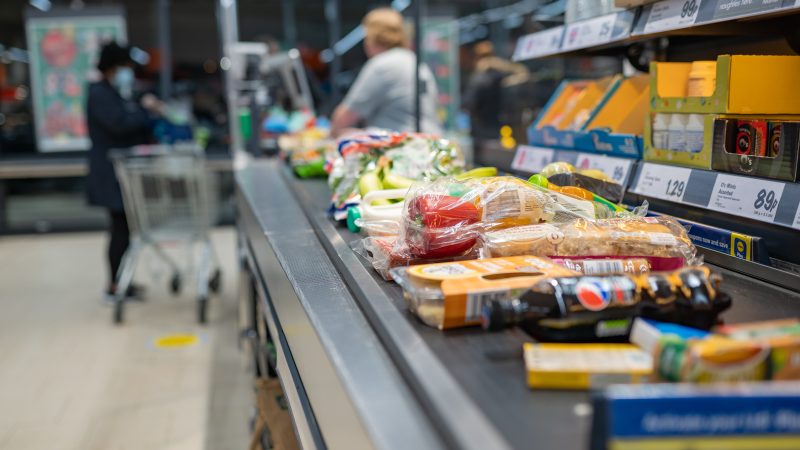Food price inflation has risen to its highest recorded rate this month, with shoppers paying 10.6% more than the same time last year.
Up 1.3% from last month’s rate, the figure’s increase, recorded by data from the British Retail Consortium (BRC) – NielsenIQ index, has been driven by the war in Ukraine, pushing up the prices of animal feed, fertiliser and vegetable oil.
The fresh food produce category has also seen its highest inflation rate on record, hitting 12.1% this month.
However, for fruit such as strawberries, blueberries and tomatoes, the extended amount of sunshine brought with the UK’s drought this summer was beneficial to their harvest and has helped to bring prices down.
Ambient food inflation has been on the rise, up 0.8% since August to 8.6%, as well as overall shop price inflation which hit 5.7% in September.
“Retailers are battling huge cost pressures from the weak pound, rising energy bills and global commodity prices, high transport costs, a tight labour market and the cumulative burden of Government-imposed costs,” BRC chief executive, Helen Dickinson said.
She added that as business rates are likely to jump by 10% next April, “squeezed retailers face an additional £800 million in unaffordable tax rises.”
“Government must urgently freeze the business rates multiplier to give retailers more scope to do more to help households.”
NielsenIQ head of retailer and business insight, Mike Watkins said: “With food and household energy prices continuing to rise, it’s no surprise that NielsenIQ data shows that 76% of consumers are saying they expect to be moderately or severely affected by the cost-of-living crisis over the next three months, up from 57% in the summer.
“Households will be looking for savings to help manage their personal finances this autumn and we expect shoppers to become more cautious about discretionary spend, adding to pressure in the retail sector.”










